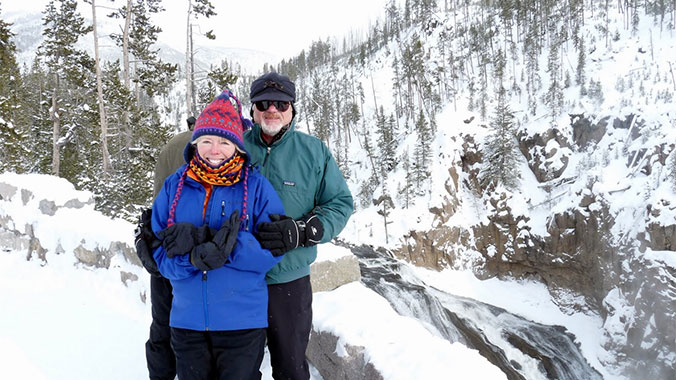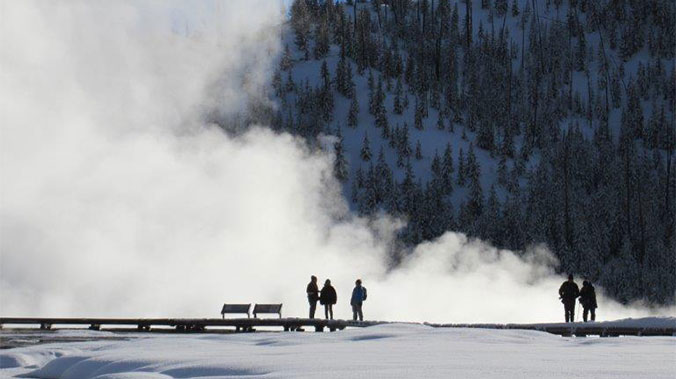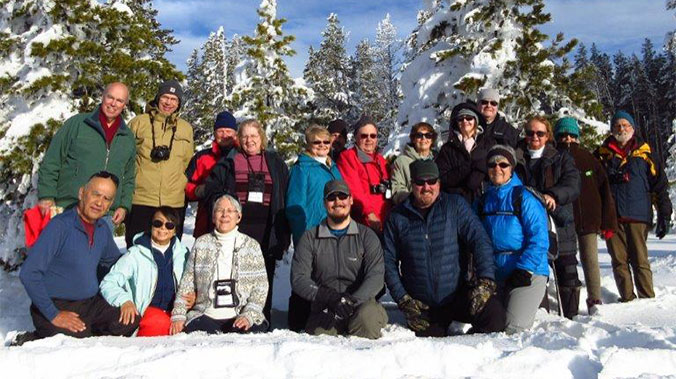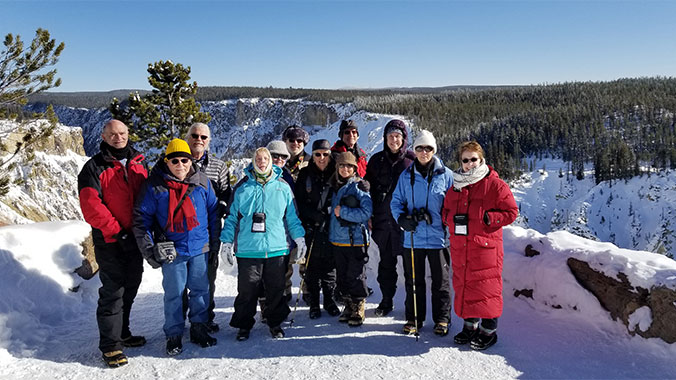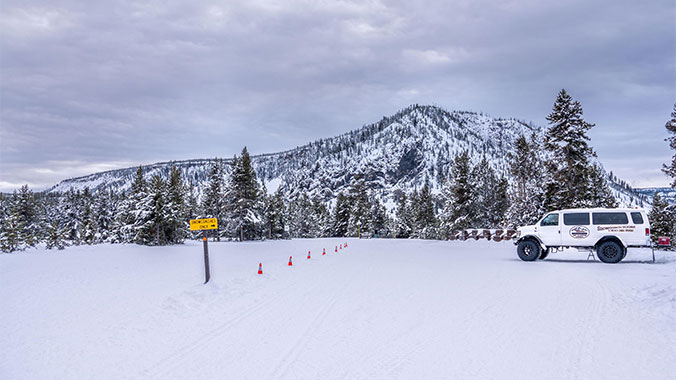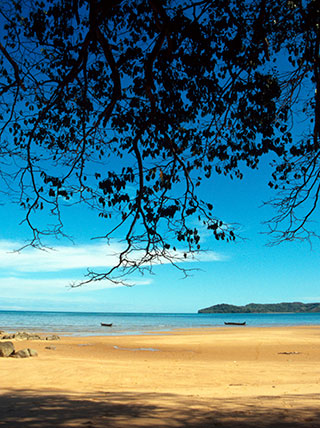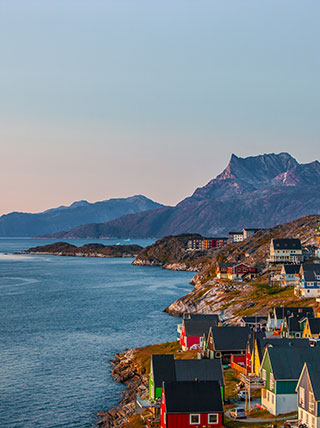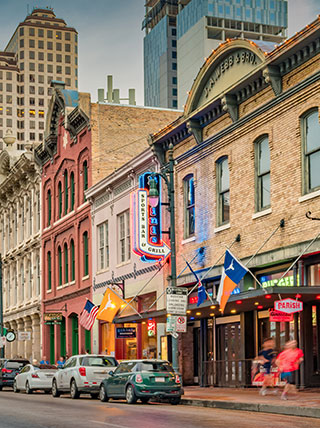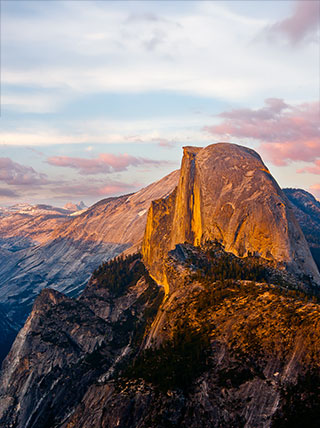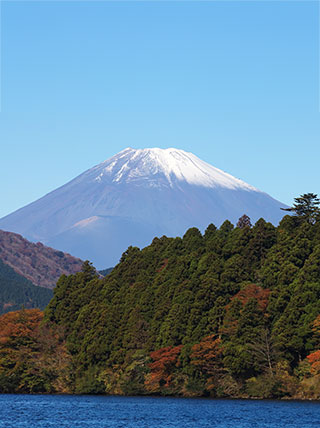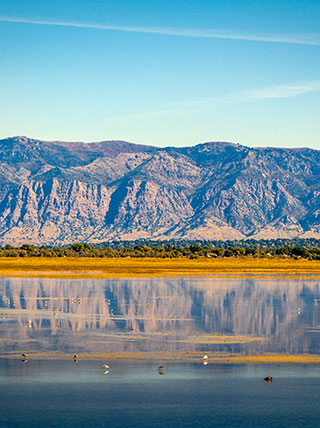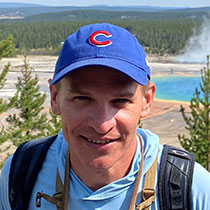
Wyoming
Heart of the Winter in Yellowstone
Program No. 21771RJ
Witness Yellowstone National Park in winter as veils of snow create a stunning backdrop for bubbling hot springs, thermal pools, pristine landscapes and the region’s unique wildlife.
Enroll with Confidence
We want your Road Scholar learning adventure to be something to look forward to—not worry about. Learn more
Protecting the Environment
We offset a portion of the emissions created by your travel. Learn more
7 days
6 nights
17 meals
6B 5L 6D
1
Check-in, Registration, Orientation, Welcome Dinner
Bozeman, Montana
2
Yellowstone Overview, Museum of the Rockies
West Yellowstone, MT
3
Winter Wonderland by Snow Coach, Old Faithful
Old Faithful, Yellowstone National Park, WY
4
Upper Geyser Basin, Old Faithful
Old Faithful, Yellowstone National Park, WY
5
Fountain Paint Pots, Norris geyser basin
West Yellowstone, MT
6
Grizzly and Wolf Center, return to Bozeman
Bozeman, Montana
7
Program Concludes
Bozeman, Montana
At a Glance
Witness snow-dusted buffalo, boiling geysers and all the wonders of Yellowstone National Park cloaked in its winter glory. It’ll feel like you have the park to yourself, as you traverse forests, open fields and geyser basins at a time when the park interior is accessible to only a few over-the-snow vehicles. Amid this transformed landscape, encounter winter wildlife as a naturalist interprets their long vigil for the return of spring food sources and witness the surreal spectacle created by the play of icy winter air with steaming thermal features bubbling and erupting from the earth.
Activity Level
Keep the Pace
Getting on and off snowcoach, with high steps and challenging conditions. Outside walking on snow & ice in below-freezing temperatures with stairs. Must be able to walk with balance and stability in winter conditions.

Small Group
Love to learn and explore in a small-group setting? These adventures offer small, personal experiences with groups of 13 to 24 participants.
Best of all, you’ll…
- Photograph wildlife and winter landscapes accompanied by professional naturalists across the snow in warm, comfortable snow coaches with large windows.
- Experience unique geologic and thermal features of the park that are even more spectacular in winter.
- Witness a “bison-jam” and watch herds of these animals exhale vaporous breaths as they lumber across the ice and snow.
Featured Expert
All trip experts

Zack Baker
Zack Baker attended high school in Livingston, Montana, 52 miles north of Yellowstone. His love for the park started while snowshoeing and observing wildlife. At Montana State University in Bozeman, he earned a B.S. in plant science, but it was Yellowstone’s mammals that grabbed his interest. He led private wildlife watching, hiking, and photography trips, and drove snowcoaches in the winter. He joined up with Road Scholar in 2017 and is now the Program Director for Road Scholar at the University of Montana Western.
Please note: This expert may not be available for every date of this program.

Zack Baker
View biography
Zack Baker attended high school in Livingston, Montana, 52 miles north of Yellowstone. His love for the park started while snowshoeing and observing wildlife. At Montana State University in Bozeman, he earned a B.S. in plant science, but it was Yellowstone’s mammals that grabbed his interest. He led private wildlife watching, hiking, and photography trips, and drove snowcoaches in the winter. He joined up with Road Scholar in 2017 and is now the Program Director for Road Scholar at the University of Montana Western.
Suggested Reading List
(12 books)
Visit the Road Scholar Bookshop
You can find many of the books we recommend at the Road Scholar store on bookshop.org, a website that supports local bookstores.
Heart of the Winter in Yellowstone
Program Number: 21771
Yellowstone's Ski Pioneers: Peril and Heroism on the Winter Trail
The book chronicles historic army winter ski patrols, wildlife stories and other ski adventures as protagonists tell their own stories. The author interprets the social climate and attitudes of the times to present Yellowstone in the 1870s and 80s when the nearest town was several days travel away and summer tourists were rare. Poachers were the area's primary winter visitors during an era when wildlife destruction was occurring throughout the American West. The book places the role of present-day park management in perspective. It interprets our history and explains how and why park policies have evolved and provides insight into wildlife conservation and policy and winter travel in Yellowstone.
Searching for Yellowstone: Ecology and Wonder in the Last Wilderness
Eloquent, elegant, truthful and practical - an environmental history of America's best idea, Yellowstone.
Restoring a Presence: American Indians and Yellowstone National Park
This first comprehensive account of Indians in and around Yellowstone corrects more than a century of ignorance. Here is detailed Yellowstone's native peoples and their story of a long engagement with a remarkable landscape.
Living Colors: Microbes of Yellowstone National Park
A full-color book published by Yellowstone Forever, Montana State University Biology Institute, and Montana Institute Ecosystems that identifies different types of microbes and where to find them in the park. 52 pages-soft cover. 8" x 8"
Decade of the Wolf, revised and updated edition: Returning the Wild to Yellowstone
Research and storytelling meld to document wolf recovery in the Greater Yellowstone Ecosystem. Wolf biologist, Smith, and nature writer, Ferguson, provide an inside look at the Yellowstone Wolf Recovery Project ten years after the controversial decision was made by the U.S. Fish and Wildlife Services to reintroduce wolves into the park. Smith, wolf project leader who has worked with the Yellowstone Wolf Project since its inception, has studied wolves for 25 years. Ferguson, whose writing largely arises from intimate experiences, followed through the seasons, the first 14 wolves released into Yellowstone National Park. Their collaboration offers hard facts and 'impressionistic portraits of individual wolves that reveal their epic lives full of struggle and conquest.' Here is the history of the return of the top predator to Yellowstone.
After the Fires: The Ecology of Change in Yellowstone National Park
The ravaging fires of 1988 caused many scientists to predict long-term devastation which did not come to pass. This scientific summary by wildlife biologists, ecosystem and forest scientists and landscape ecologists discusses the many things that changed and did not change in the Yellowstone area. Realize the role of fire in the ecosystem and the resiliency of nature.
In the Temple of Wolves: A Winter's Immersion in Wild Yellowstone
When Rick Lamplugh arrives at the historic Lamar Buffalo Ranch on New Year’s Eve, he has one goal: to learn as much as possible about the ecology of the Lamar Valley. All winter he will work and live in this remote corner of Yellowstone National Park, home to some of the best wildlife watching in the world. Winter-hungry elk and bison migrate there to graze. Wolves, coyotes, and mountain lions stalk the grazers while eagles, ravens, and magpies wait to scavenge. The snowy backdrop makes the saga of death and life easy to spot. He has three frigid months to explore on skis and snowshoes, observe with all his senses, listen to and talk with experts. A literary blend of facts and feelings, In the Temple of Wolves celebrates nature’s stark beauty and treacherous cruelty, while revealing Lamplugh’s inner battles with his own human nature.
Field Guide to Tracking Animals in Snow: How to Identify and Decipher Those Mysterious Winter Trails
Focuses on the animal's track pattern, making windblown and obscured tracks identifiable.
Windows into the Earth: The Geologic Story of Yellowstone and Grand Teton National Parks
Find out about the forces that shaped and continue to shape the Greater Yellowstone-Teton region. Illustrations and driving tours of both parks help visitors enjoy and understand the Earth's creative forces in this wondrous region.
Knowing Yellowstone -Science in America's First National Park
Presently in Yellowstone there are almost 200 active research permits that involve over 500 investigators, but only a small fraction of this scientific work is reported in the popular press. Furthermore, the results are mixed and frequently confusing to the general public. The intent of this book is to explain both the general issues associated with the region and how science is done to understand those issues, from wolf and grizzly bear research to thermal activity. It further describes how science informs policy in the Greater Yellowstone Region, how scientists from an array of disciplines do their work, and finally, how the nature of that work enables or limits future plans for managing the park and surrounding lands.
For Everything There Is A Season: The Sequence of Natural Events In The Grand Teton- Yellowstone Area.
Dr. Craighead describes and illustrates the hidden patterns he sees in the natural world. For naturalists, this book is a remarkable chronicle of the interrelationships between all living things. For anyone interested in the Teton-Yellowstone area and the entire Northern Rockies, this book opens the door to greater understanding of the natural cycles of one of America's last wild places.
To Save the Wild Bison: Life on the Edge in Yellowstone
The author brings clarity and revelation to one of Yellowstone's most complex struggles by tracing the history of bison and humans into the 19th century and further into the national parks era. Here's discussion of bison management and park policy - the battle over brucellosis, snowmobiles and groomed winter roads, desires of Native Americans, bison and predators.


